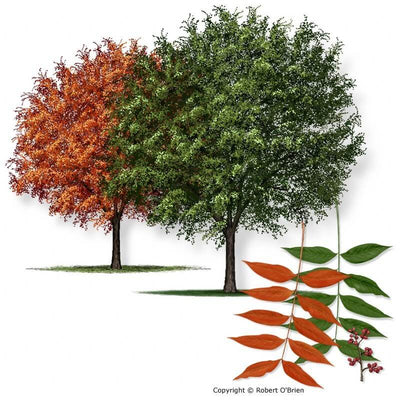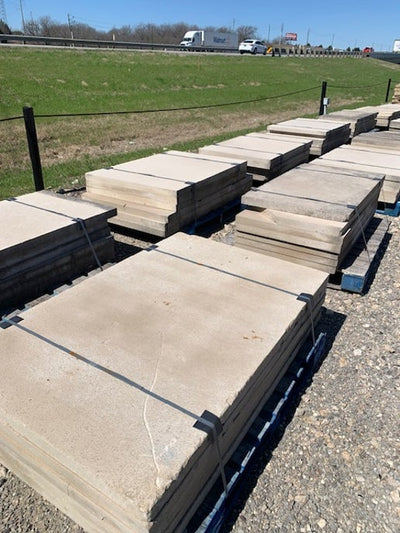Nectarine Desert Delight
Nectarine Desert Delight
Description: Nectarine Desert Delight is a deciduous fruit tree prized for its sweet and juicy nectarines. Like other nectarine varieties, it is very similar to peaches, but with smooth skin instead of fuzzy. The fruit typically has a deep orange-red skin and firm, succulent flesh. The flavor is sweet and aromatic, making it ideal for fresh eating, baking, canning, or making preserves.
Size: The size of a Nectarine Desert Delight tree can vary depending on factors such as growing conditions, pruning, and rootstock. Generally, nectarine trees can reach a height of 10 to 20 feet (3 to 6 meters) and a spread of about 8 to 15 feet (2.4 to 4.5 meters) when mature. Some varieties may be available in dwarf or semi-dwarf forms, which are smaller and more suitable for smaller gardens or container growing.
Best Growing Zones: Nectarine trees, including Desert Delight, thrive in USDA hardiness zones 6 to 9. They prefer regions with warm summers and mild winters. These trees require a certain number of chilling hours (typically between 200 to 1000 hours below 45°F or 7°C) during the winter dormancy period to ensure proper fruit set. They perform best in full sun, receiving at least 6 to 8 hours of direct sunlight per day.
Soil Requirements: Nectarine trees prefer well-drained, loamy soil with a slightly acidic to neutral pH level. They do best in soil that is rich in organic matter and nutrients. Before planting, it's beneficial to amend the soil with compost or aged manure to improve soil fertility, drainage, and structure. Mulching around the base of the tree helps retain soil moisture, suppresses weed growth, and maintains even soil temperature.
Maintenance: Proper care and maintenance are essential for healthy growth and fruit production. Prune the tree annually during the dormant season to remove any dead, diseased, or crossing branches, as well as to shape the canopy and encourage airflow. Water regularly, especially during dry periods and when the tree is fruiting, to keep the soil consistently moist but not waterlogged. Fertilize the tree annually with a balanced fertilizer formulated for fruit trees, following the manufacturer's instructions.

